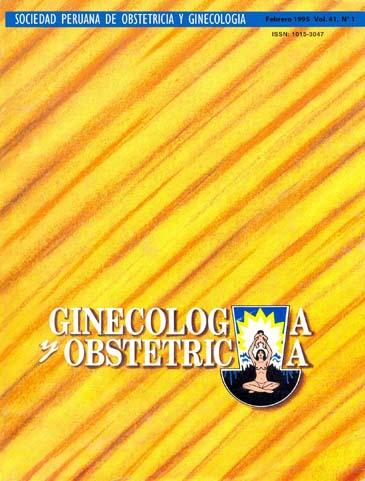Outpatient management of abortion as a strategy to increase coverage and reduce costs.
DOI:
https://doi.org/10.31403/rpgo.v41i1708Abstract
Starting June 1, 1989, an operational investigation on ambulatory management of noncomplicated incomplete abortion was performed at Maria Auxiliadora's Hospital, Lima-Peru, to establish advantages or disadvantages. Previously, management of incomplete abortion the year before was evaluated, period when all cases were hospitalized during two days. Cases selected as "noncomplicated incomplete abortion" were prepared in the emergency room and sent for dilatation and curettage in a special room in the Obstetrical Center. The procedure was done with analgesia or local anesthesia and then the patient was sent for two hours observation in a contiguous room and finally dismissed home with indications to return for control in one month. The year before the study, abortion rate was 193,3 per thousand live newborns, 1990, 1078 abortions bad been attended (rate 26-0 x 1000 l.n.), including 641 (60%) ambulatory. No complications were present during surgery and within two hours of recovery in the ambulatory group. Ambulatory management reduced hospital costs in 106 U.S. dollars for each procedure and the patient saved one half her expenses. The procedure also frees hospital beds as they can be used for other type of medical attentions. As such, productivity increases. We suggest implementation of ambulatory management of uncomplicated incomplete abortion in all institutions.Downloads
Download data is not yet available.
Downloads
Published
2015-07-31
How to Cite
Távara Orozco, L. (2015). Outpatient management of abortion as a strategy to increase coverage and reduce costs. The Peruvian Journal of Gynecology and Obstetrics, 41(1), 58–62. https://doi.org/10.31403/rpgo.v41i1708
Issue
Section
Artículos Originales
















